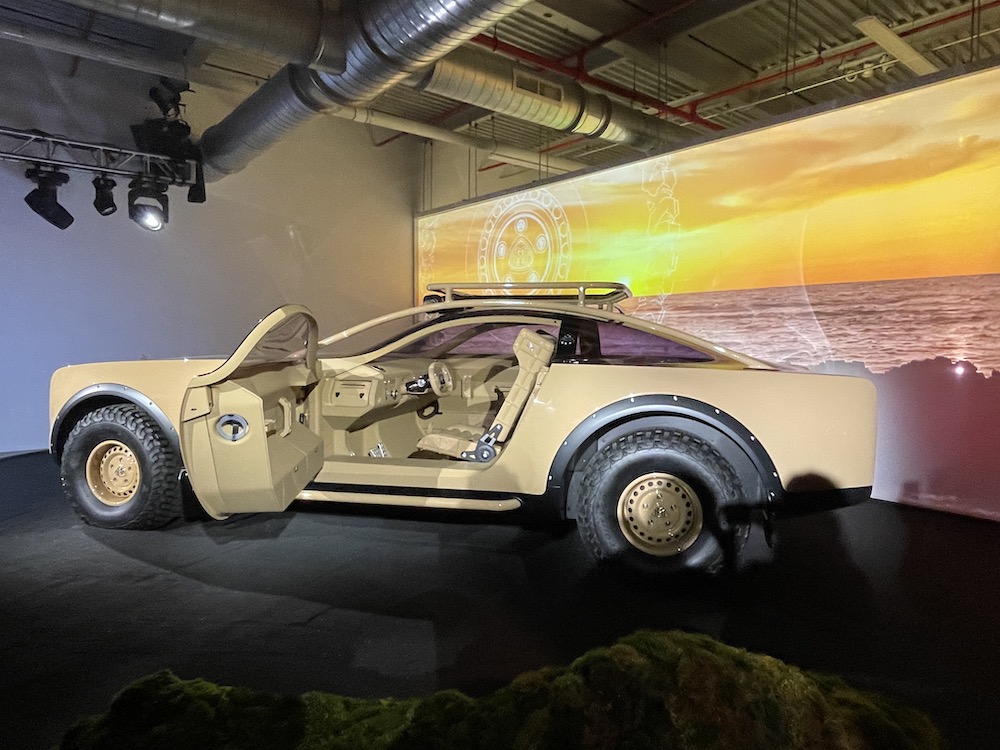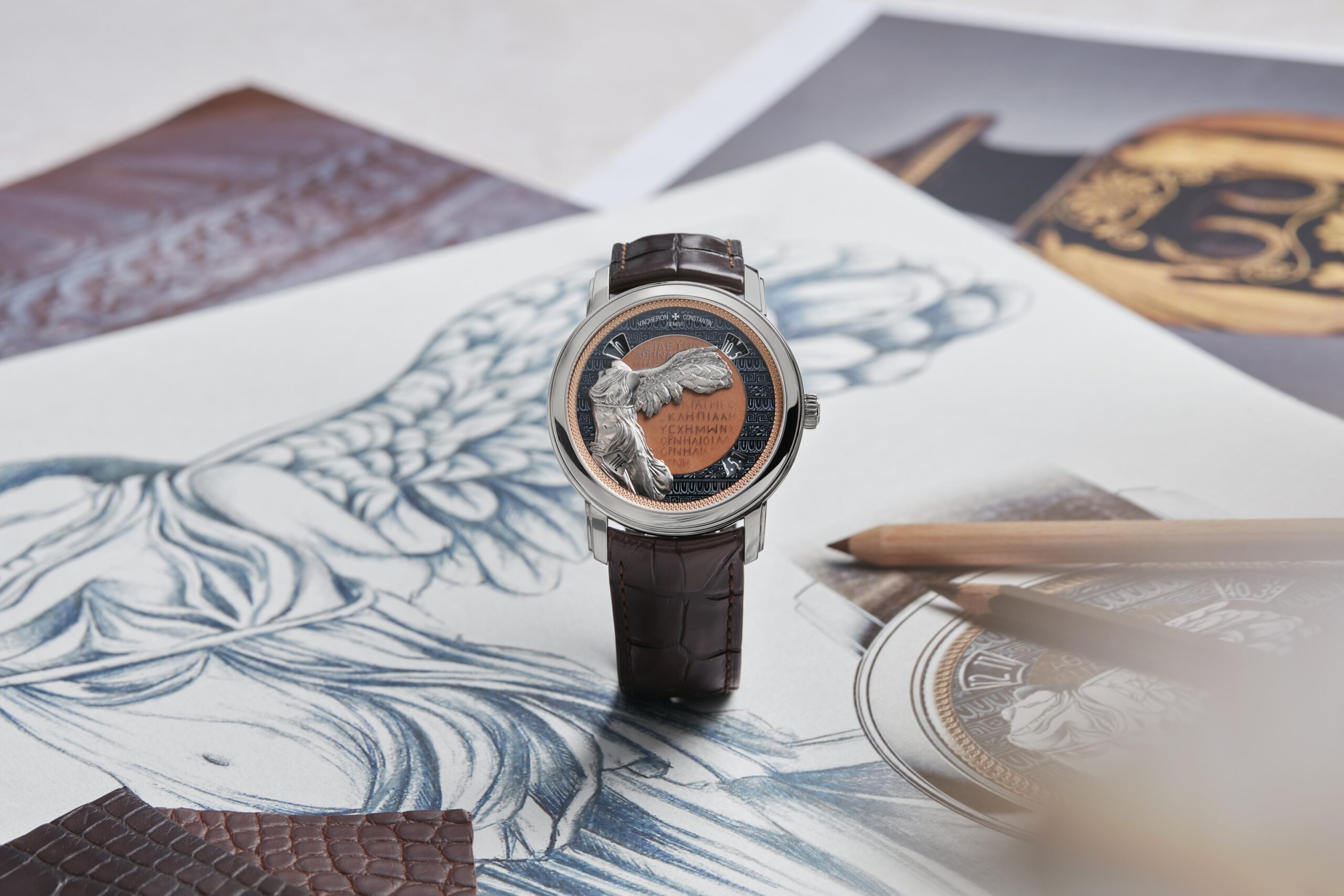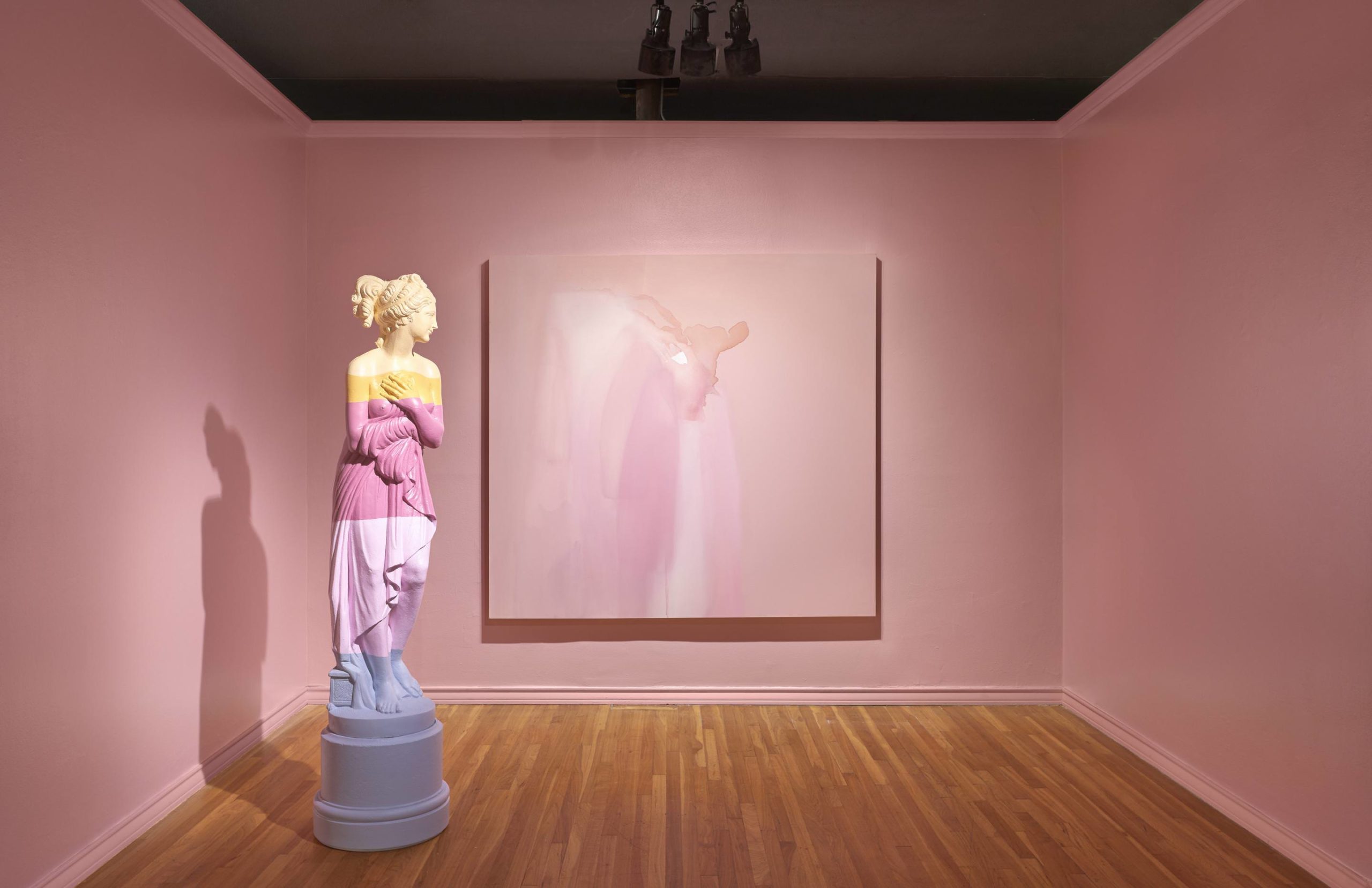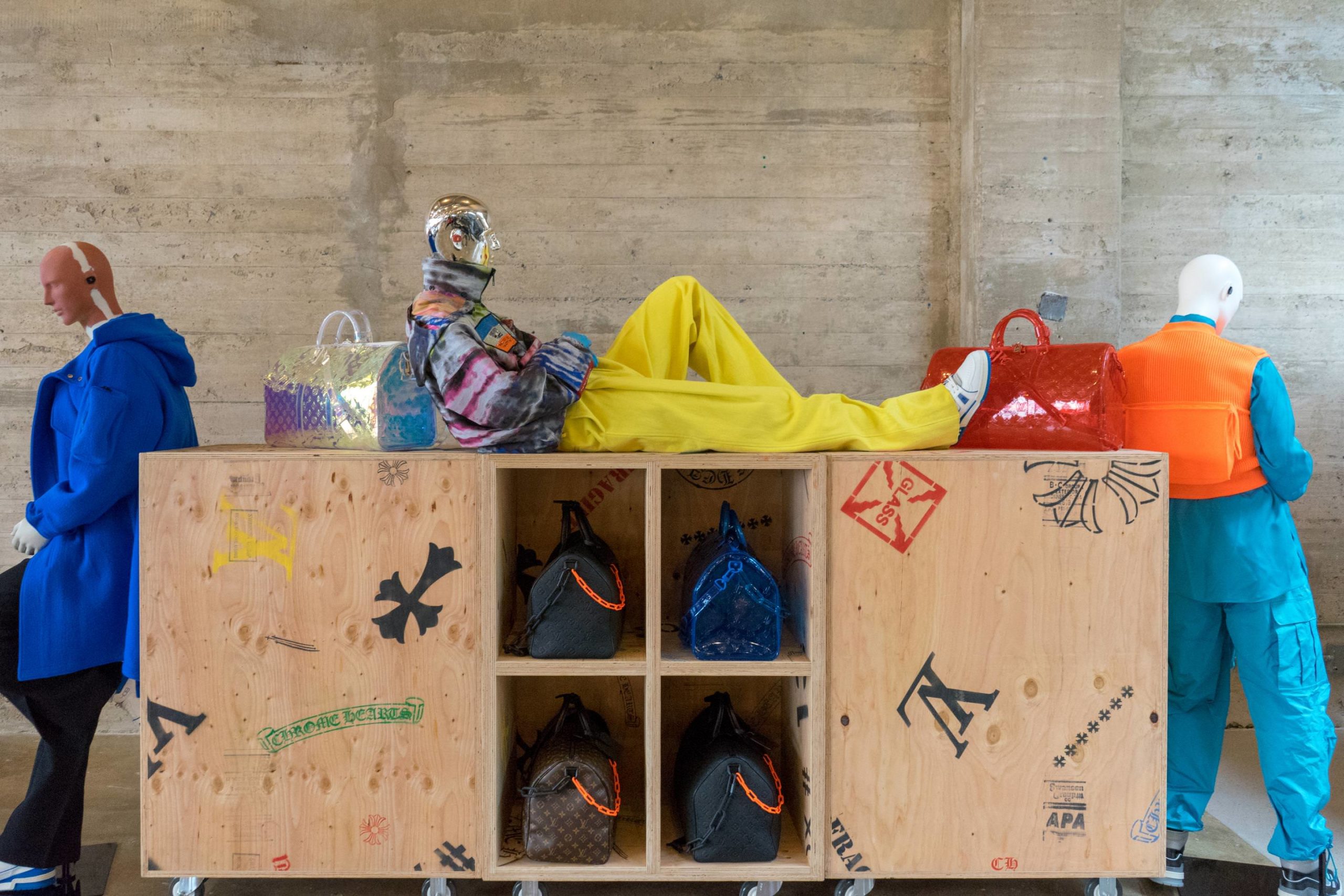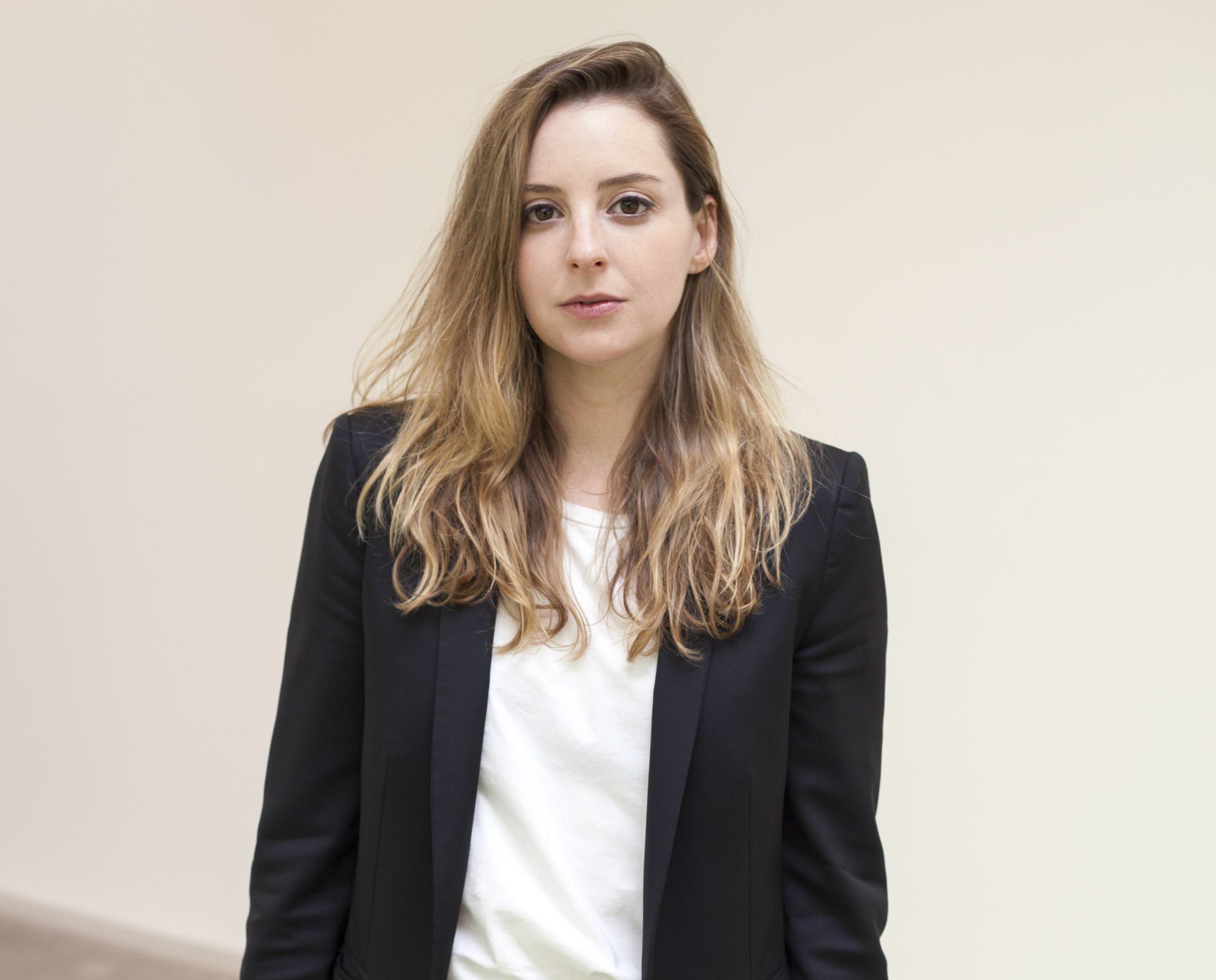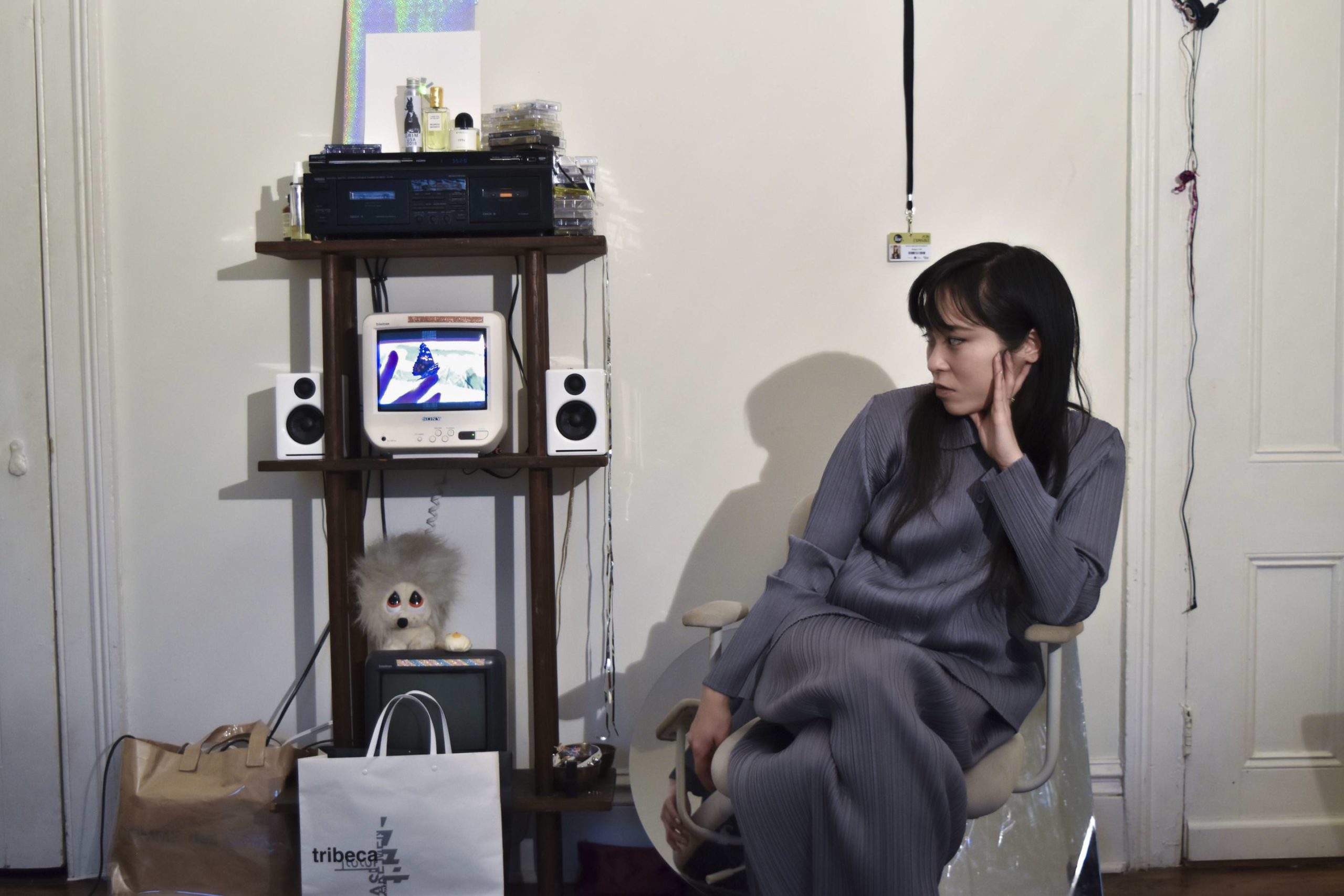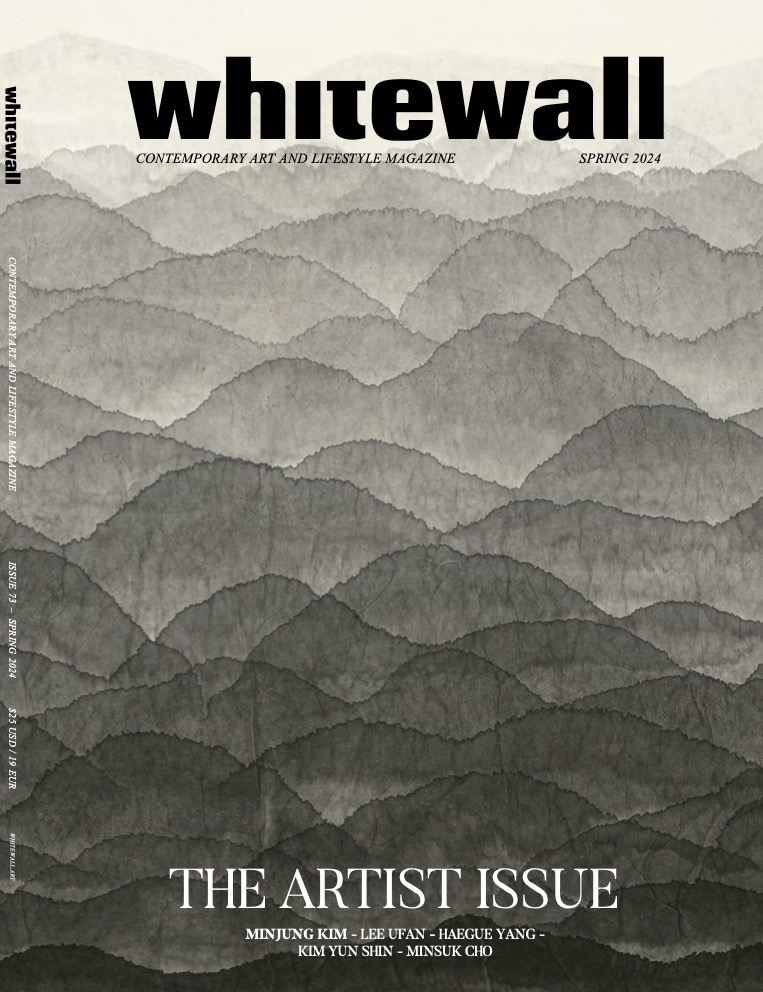Mallory Page’s monochrome paintings can be described in one word: dreamy. On large canvases, they feel immersive, engulfing, and generous. Exploring space and identity through abstraction, her latest show at Longview Museum of Fine Arts is entitled, “Garden for Ambition.” Included in the show are monochromatic works in rich green, blue, pink, and violet. On one side of the gallery, are a green and pink painting separated by a wall. Each corner is awash in color (the same as the work), and flanked by a Roman statue in bands of yellow, green, and blue.
The New Orleans-based artist shared with Whitewall how her new studio on the shores of Lake Pontchartrain—which she calls “Villa Venus”—has influenced her practice, along with the inspiration behind her recent exploration of sculpture.
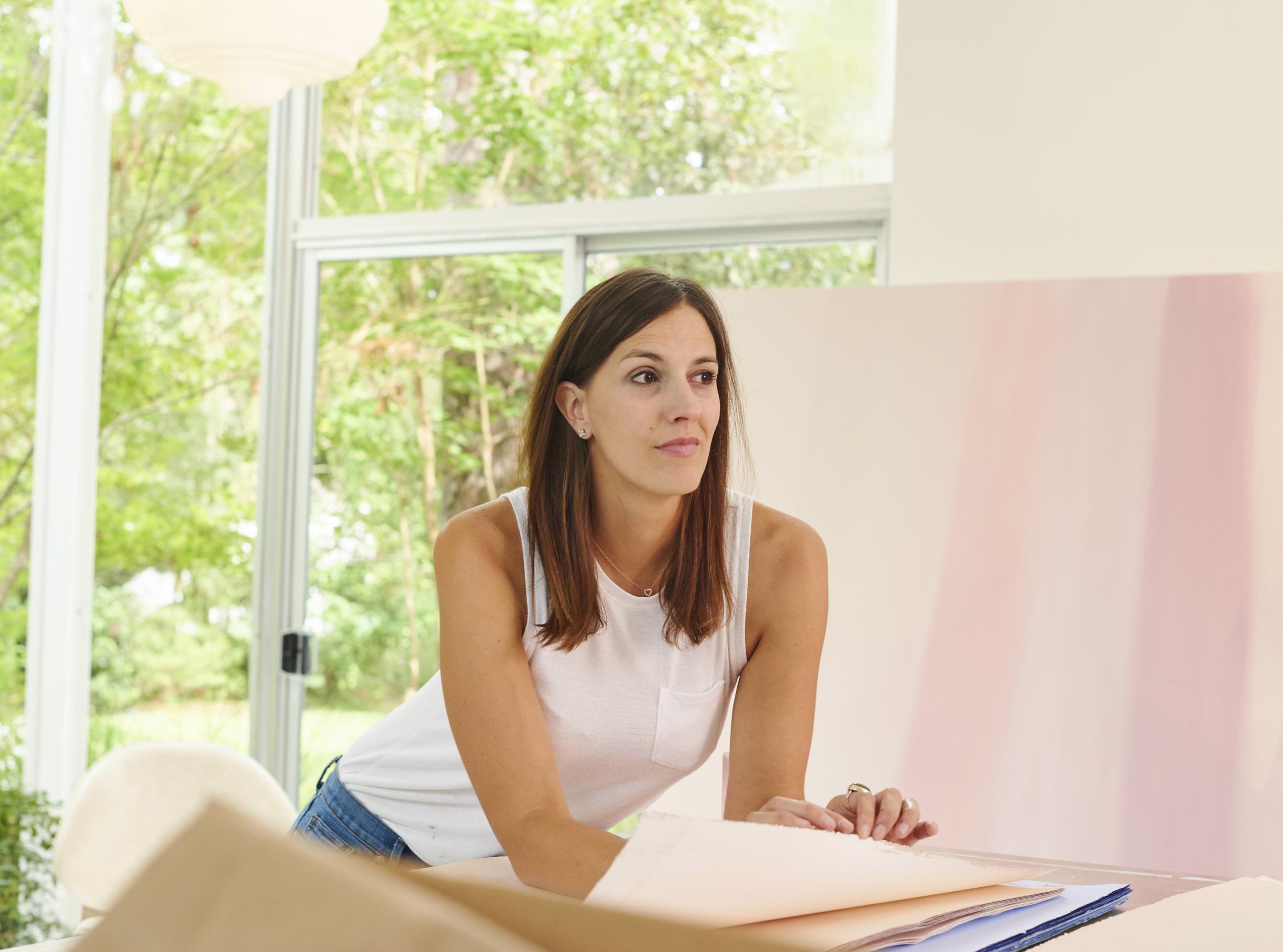
Andy Romer Photography
WHITEWALL: What was the starting point for the work in “Garden for Ambition”?
MALLORY PAGE: The show takes its name from a previous painting, Drunk in the Garden of Ambition Again, that was part of a solo exhibition in New Orleans at Martine Chaisson Gallery a couple years back. It was 72-by-72 inches and a mossy green monochrome. It had this profound sense of space for me, as if it compelled an environment of its own, and I found myself thinking about what this space was, what else could activate it. And, relatedly, what is a space of ambition? How do we grow? I wanted to create an entire project from this.
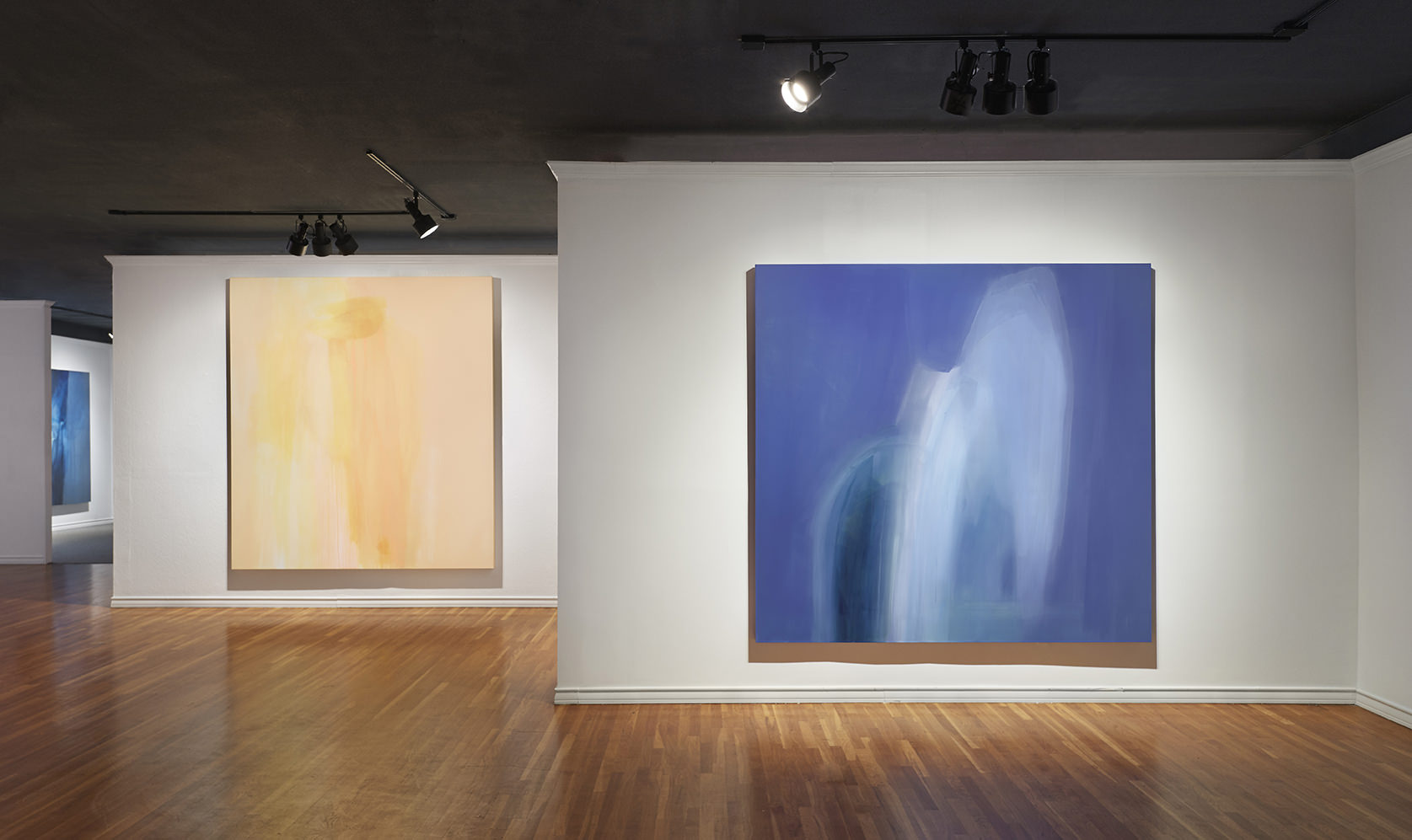
Exhibition view of “Mallory Page: Garden of Ambition” at Longview Museum of Fine Arts.
At the time, I was also re-reading Kate Chopin’s Awakening. In the book, the main character, a woman at the turn of the century living in Southwest Louisiana, really struggles with something like this space of ambition, the idea of artistic and personal freedom, and the contradictions that can come with it when societal expectations and responsibilities are taken into account. In the book, these contradictions are often manifest in nature—the sensory descriptions of the sea, sky, and surrounding landscape. Nature, here, becomes a lofted space that fuels dreams and ambitions at night; but in the morning, it the light, reality can be harsh. Dreamers at night; critics in the morning. It’s this lush “dream space” that I wanted the exhibition to explore.
WW: What was the most challenging piece for you?
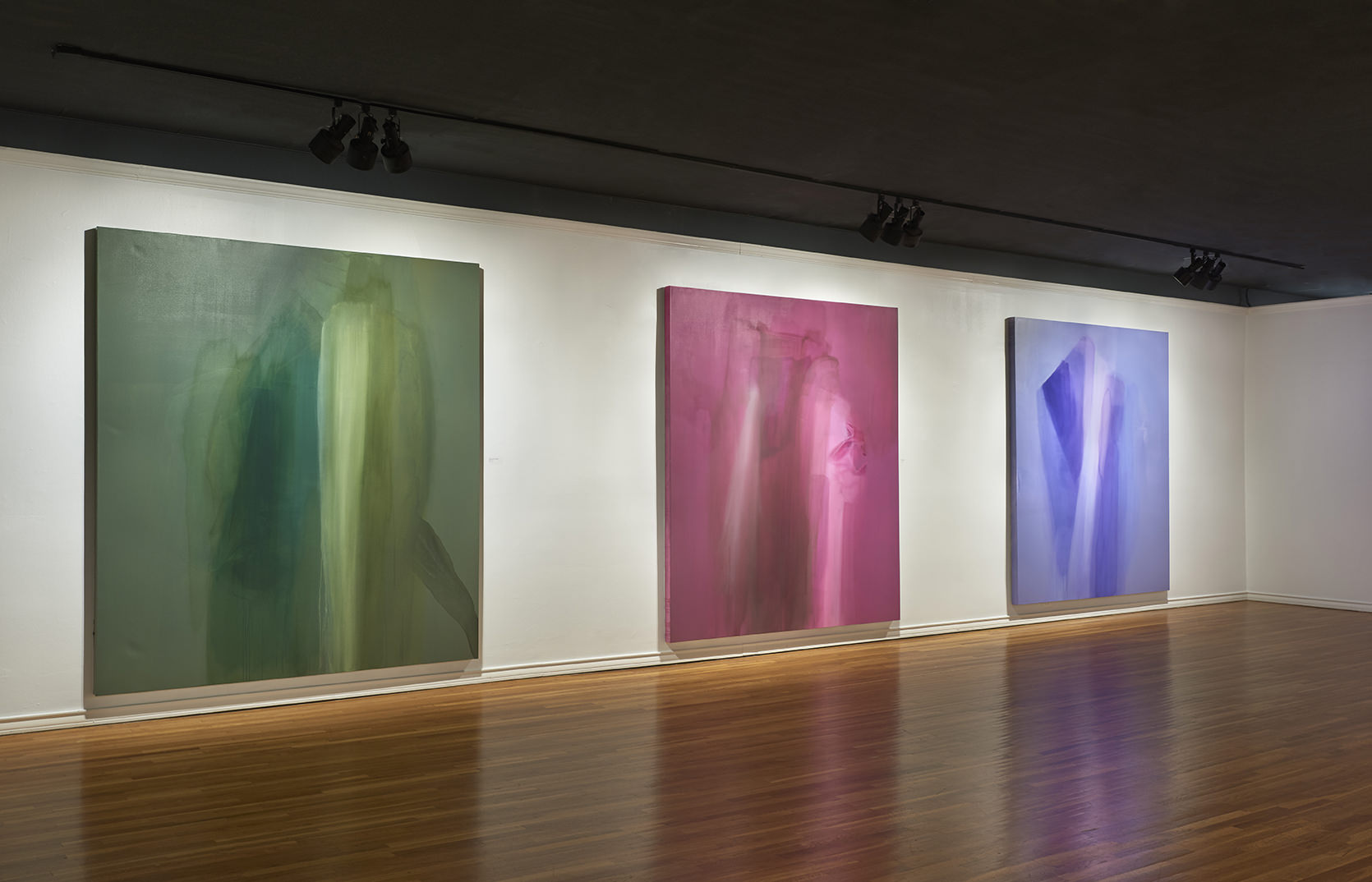
Exhibition view of “Mallory Page: Garden of Ambition” at Longview Museum of Fine Arts.
MP: When I started selecting colors for the series, I wanted them to together convey something that was more than the sum of the individual works. A euphoric aura, communicated with colors on a grand scale, that might recall a fantasy gardenscape. The most challenging part wasn’t a particular piece, but figuring out how to bring different colors together so that they exist as one visual narrative. When you work in monochrome, you think about one color at a time, not several! It took me months to arrive at a full suite of distinct colors that felt right.
WW: Can you describe for us a typical day in the studio for you?
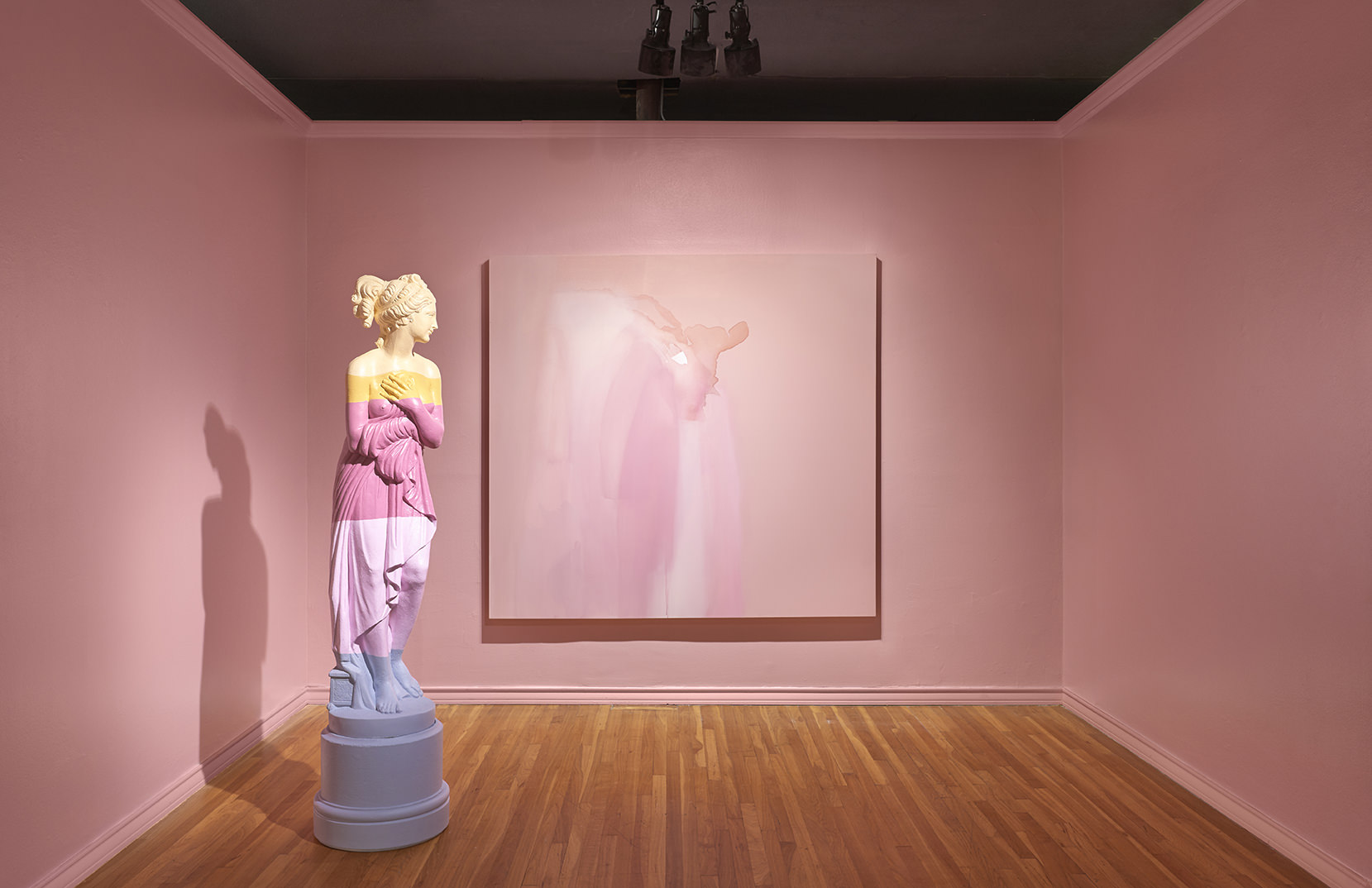
Exhibition view of “Mallory Page: Garden of Ambition” at Longview Museum of Fine Arts.
MP: About a year ago, I moved my studio from a small, dark space in the heart of New Orleans’ art district to an expansive, light-filled space on the North Shore of Lake Pontchartrain (about 45 minutes outside the city). The new studio—I call it Villa Venus—is a classically modern home built in the 1960s. Most of the exterior walls are glass, so even when inside I feel immersed in the Louisiana landscape. I also have two bedrooms here, which can be both dangerous and ideal.
I had no idea how much this change-of-studio would influence my practice. I found, for one, that I work best in isolation and for extended periods of time. I work from about 8AM to 10PM for several days on end. My only break is mid-afternoon, when I walk a few steps to the kitchen to make myself a light lunch. The space itself, thinking about the era it was built, has also recently affected my practice. I’m listening mostly to 1960s and ‘70s soul music right now when I work…
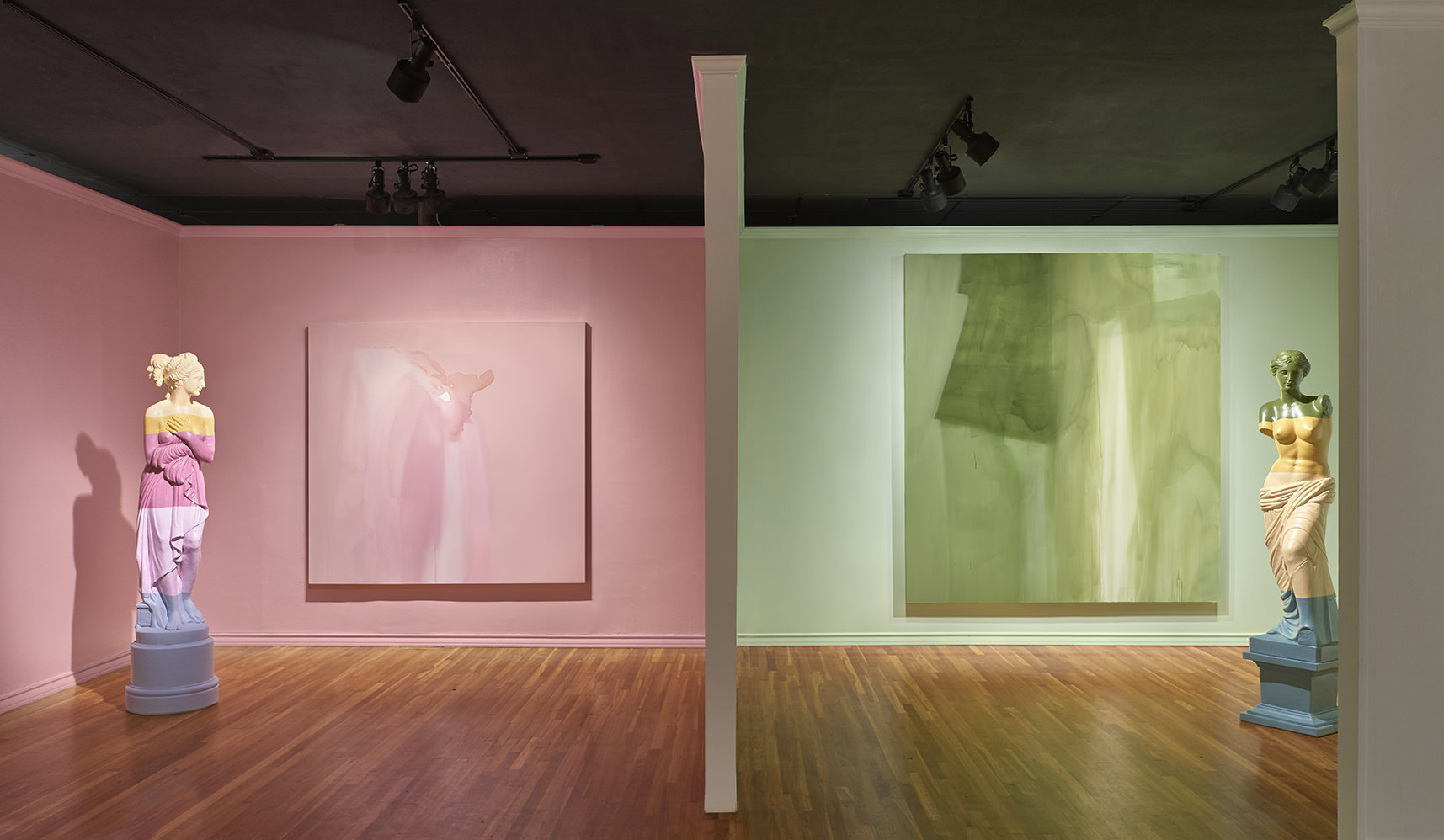
Exhibition view of “Mallory Page: Garden of Ambition” at Longview Museum of Fine Arts.
WW: Outside the studio, what artwork do you surround yourself with?
MP: At my home in the Marigny, my husband and I collect a range of works—from abstract expressionist prints to historic and emerging painters from the South.
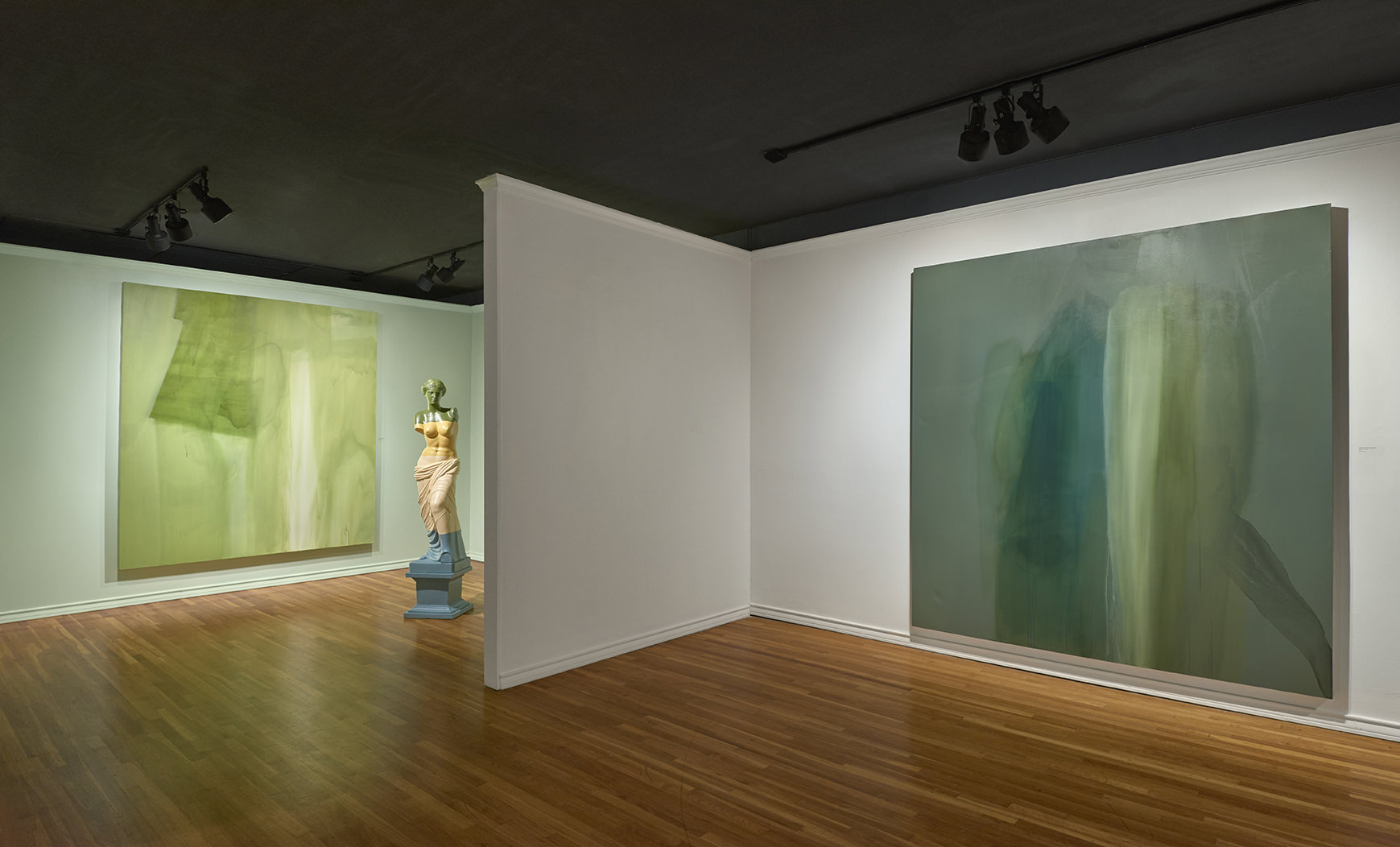
Exhibition view of “Mallory Page: Garden of Ambition” at Longview Museum of Fine Arts.
With my recent studio move, though, I’m incredibly inspired by the modern space I’m working in. It’s a home built in the 1960s that I turned into my studio, and it’s nearly all glass. Working here, I’ve found myself thinking a lot about design, and how modernist designers like Gio Ponti considered the whole environment when approaching a space, not just one element. More and more, my eye is drawn to design from this era. After a recent trip to Rome, I’ve also been attracted to ancient statues of women—Roman and Greek Goddesses that embody power, love, and wisdom. I’ve begun a small collection that I’m painting with various palettes, and have even started to experiment with resin Venus sculptures of my own.
WW: What other medium would you be interested in exploring?
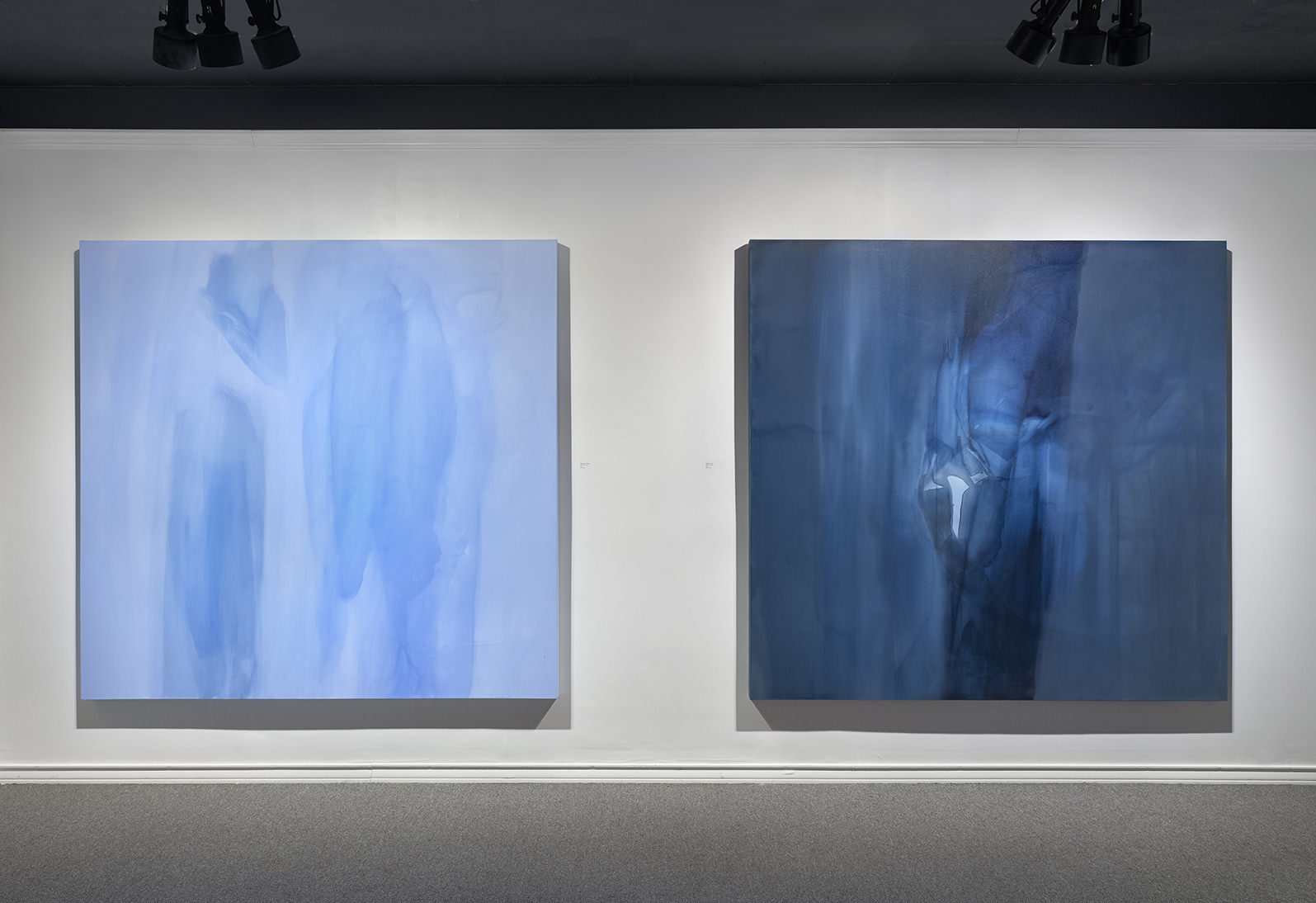
Exhibition view of “Mallory Page: Garden of Ambition” at Longview Museum of Fine Arts.
MP: I have just very recently begun to explore resin sculpture. A couple months ago, I saw the Rachel Whiteread exhibition at the Tate Britain and was profoundly inspired by what you can do with resin—specifically the way that it holds, reflects, and communicates light and color. Though a different medium, the approach to working with resin for me would be very similar to my approach with painting large-scale works in monochrome.
WW: What’s a show you’ve seen recently that you’re still thinking about?
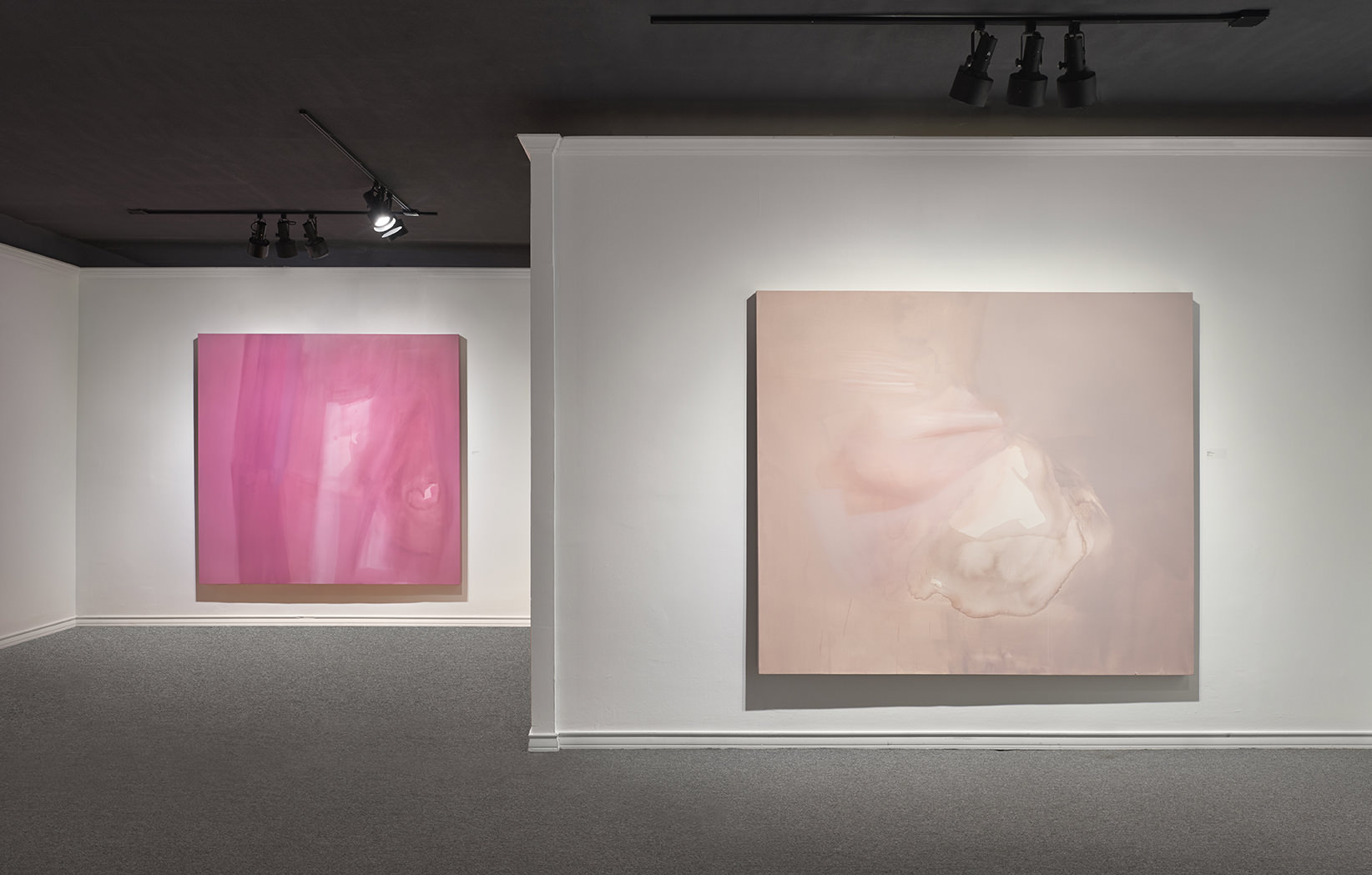
Exhibition view of “Mallory Page: Garden of Ambition” at Longview Museum of Fine Arts.
MP: There are three shows that I’ve seen recently that I’m still thinking about. The first is the Agnes Martin retrospective at the Guggenheim. I have studied her work for years, but nothing can compare to being in her works’ presence.
The second is that Rachel Whiteread exhibition at the Tate Britain. What she was able to do with resin (both small and monumental in scale) has sparked so many ideas for me—about how my practice evolve in the coming years.
The third is “Solidary / Solitary” at the Ogden Museum here in New Orleans. The exhibition presents works from the Joyner/Giuffrida collection, which focuses on African American artists from the 1940s to today. It’s such an important show for New Orleans right now, and it’s all made possible by a woman collector, Pamela Joyner. What impacted me the most was that the works demanded engagement. As a whole, the show made me think about the communicative power of art in general and in terms of my own goals as an artist.
WW: How do you unwind after a long day in the studio?
MP: With my new studio, I’m basically immersed in my practice for days and sometimes weeks at a time. Making lunch has become an important moment to unwind. Working in the kitchen, looking out the window, trying to think only about the food I’m preparing right in front of me. At the end of the day, I’m honestly so exhausted that I fall face-first into my pillow. The bedroom at my studio is only a few steps away.
Spending intense periods like this means that I need more than a couple days to unwind. My favorite way to do this is to travel—and travelling anywhere, really: whether a day-trip to a small town along the Gulf Coast, to New York to visit museums, or to the streets of Ancient Rome (where I had serious deja vu this past year, to the point that I swear I lived there in another life). Seeing, hearing, touching, tasting, experiencing new things that are outside of my everyday allows my mind to relax and expand. For me, that’s when new ideas start to form.
“The Garden of Ambition” is on view at the Longview Museum of Fine Arts through December 17.

